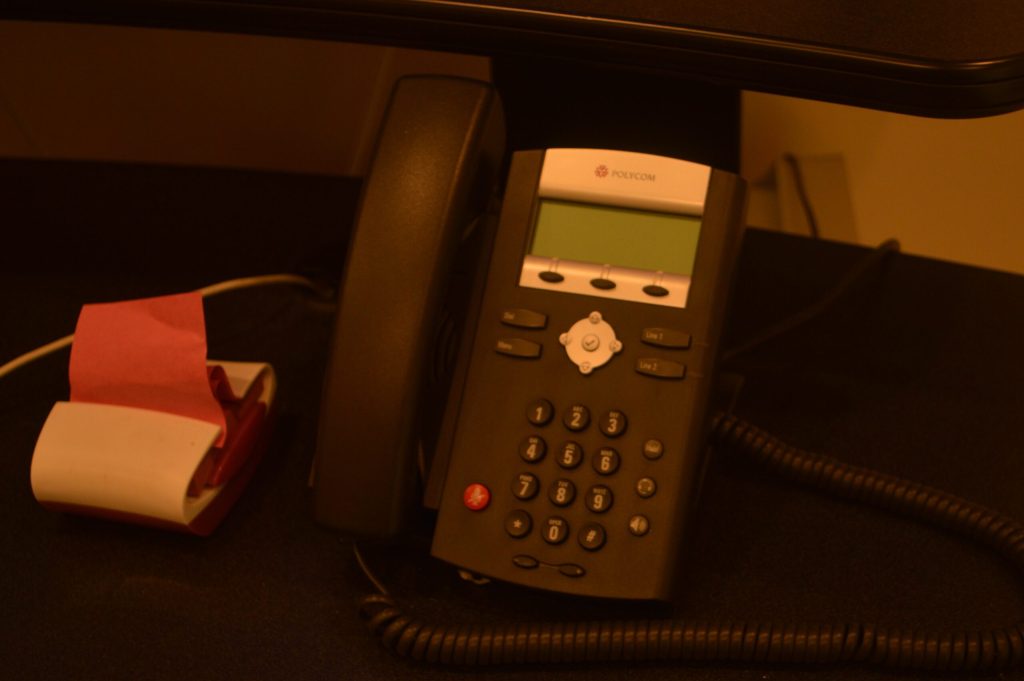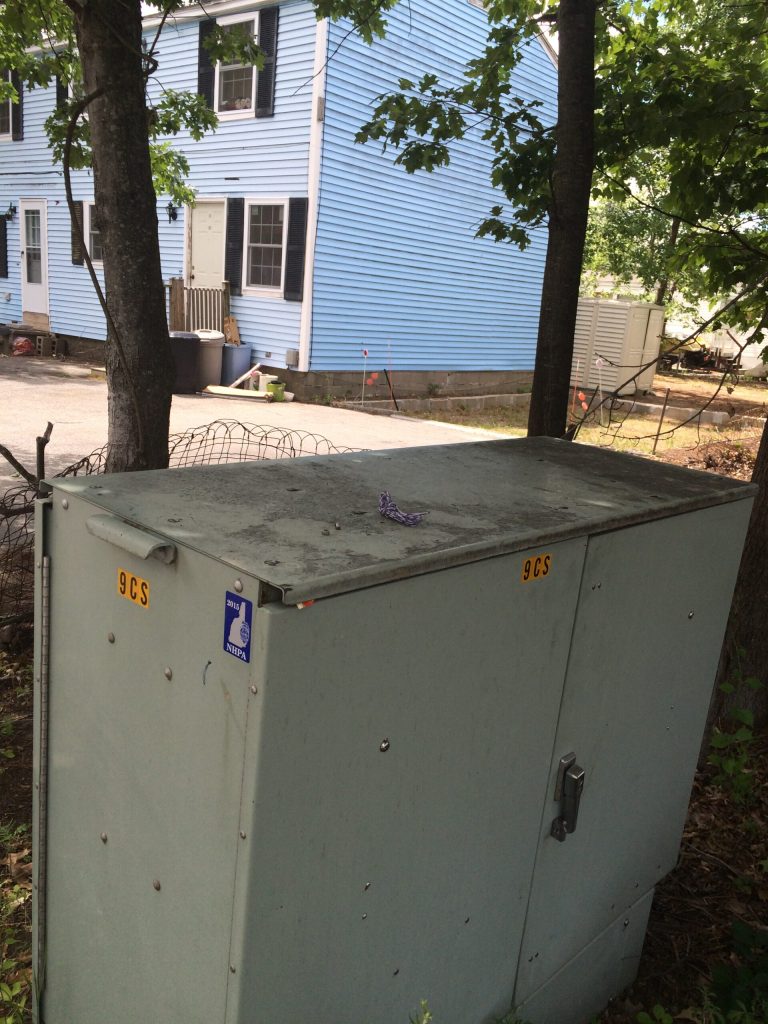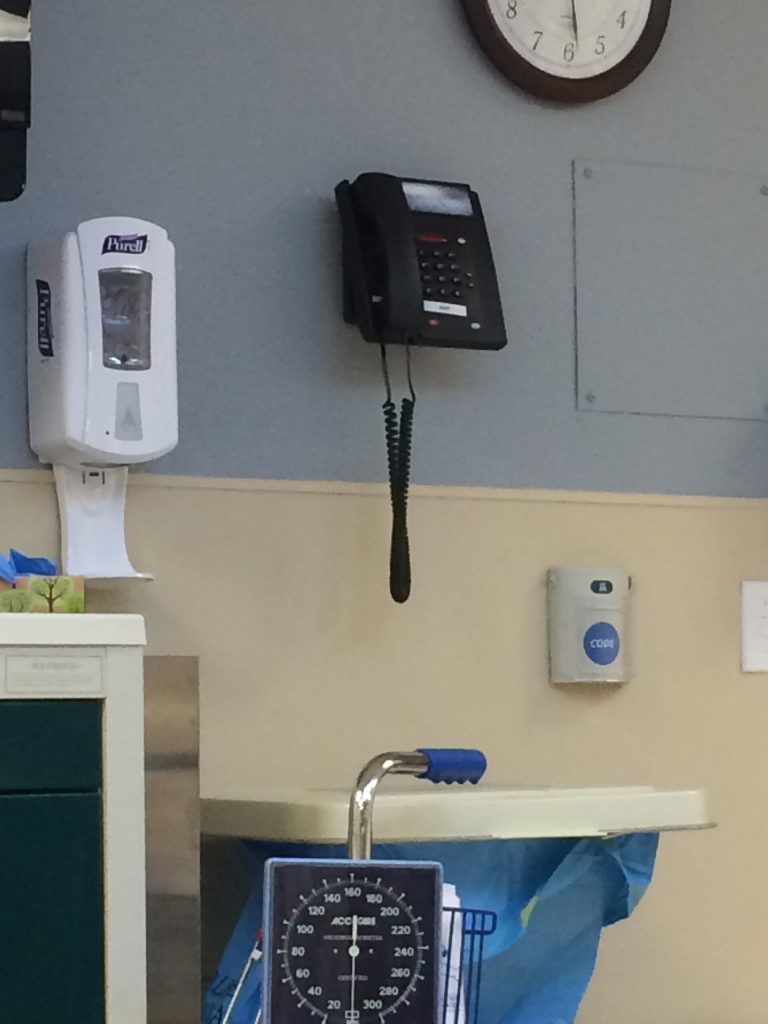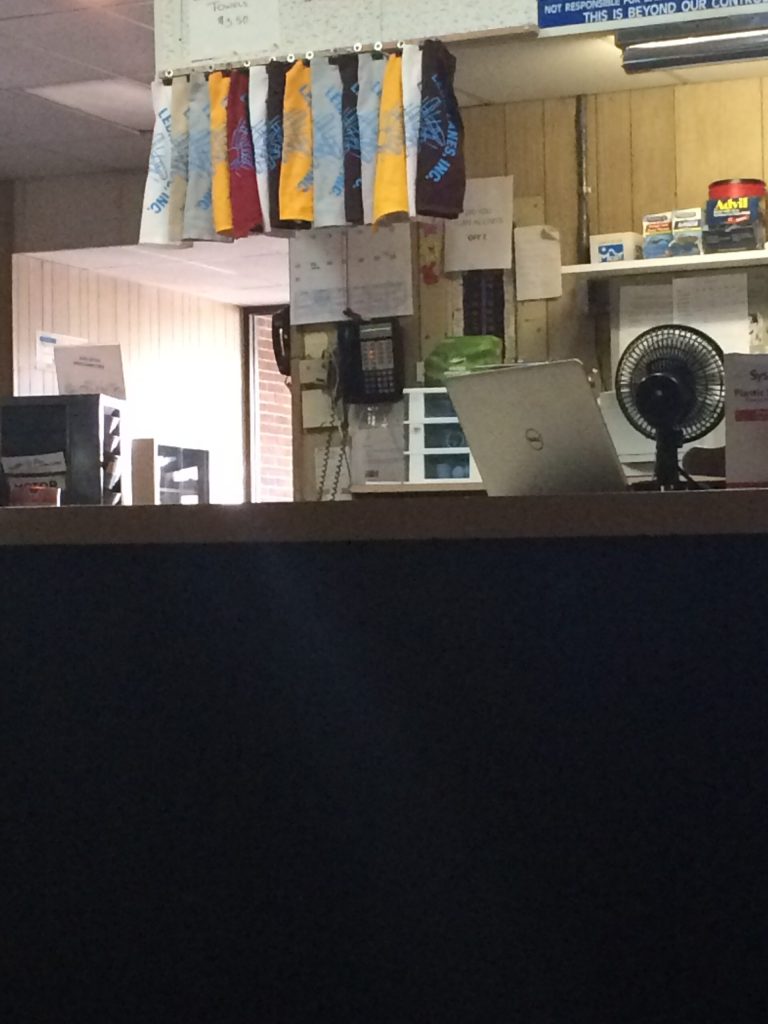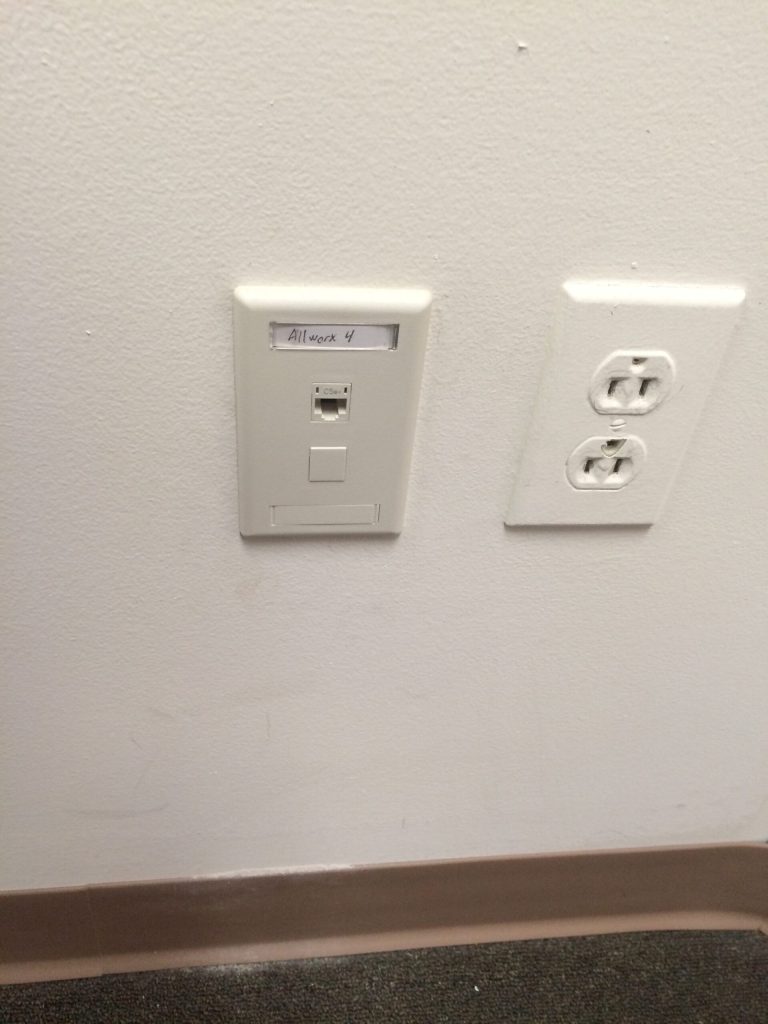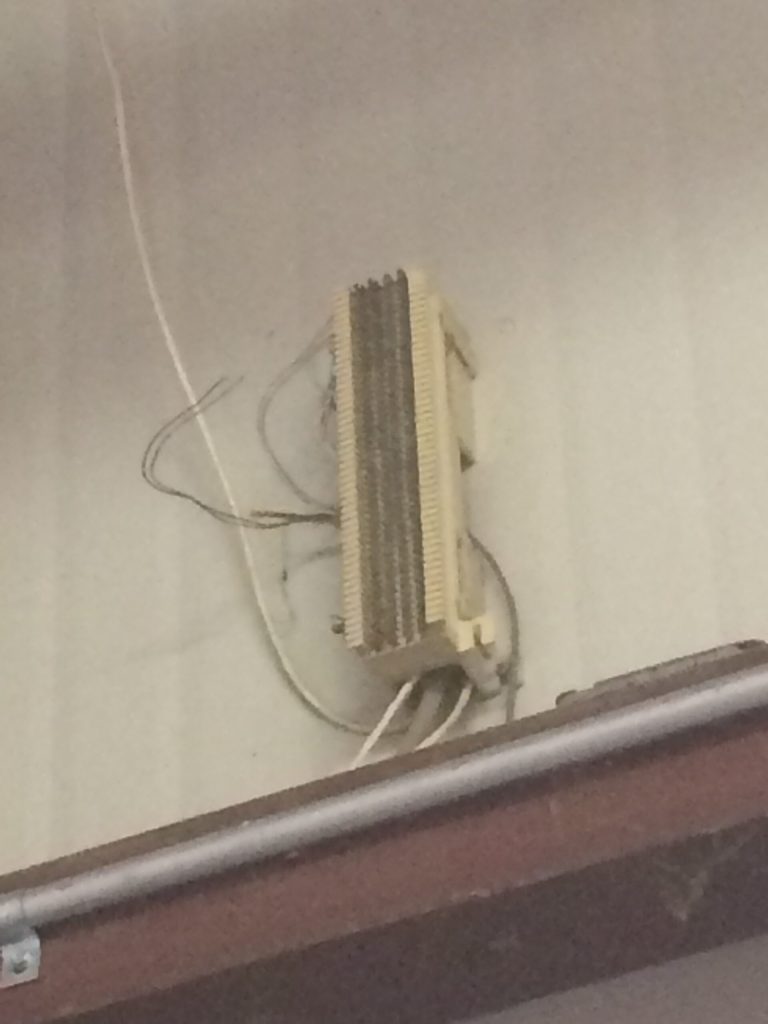In the mid 1990s, the then mobility unit of Motorola developed a mobile network entitled iDEN or the Integrated Digital Enhanced Network. The technology was very innovative and was intended for power users (such as small businesses and other Very Important People.) The network was one of the first modern digital based cell network before GSM or CDMA came to the masses. The project began in 1991 and it went to the market around 1994.
iDEN was widely popular in the United States from the mid to late 1990s into the mid to late 00s when Nextel (once known as Fleet Call) had commercially marketed the mobile phone solution that gave customers the ability to have multiple lines, digital cellular networking, use of data over the cellular and well an old fashioned technology called Push to Talk. iDEN was (and probably the only) the “fleet” grade of cell phones or networks much like how F or E series Ford vehicles are used for commercial grade and designed to be deployed to the masses in a corporation.
iDEN’s legacy would best be known for its Push to Talk service. Just like a walkie talkie, or two way radio, Nextel and other iDEN providers enabled group calling to another user or a group of people of how the PTT worked. (Oh and unlike radio, you couldn’t hit the PTT and cut someone off.) In the Nextel network, marketed as Direct Connect was limited to the locale of the market. Near it’s height around 2004, Nextel introduced a national Push to Talk Service where you can PTT another user at anywhere in the country.
During the BlackBerry craze from 2001 to the end of the decade, Research in Motion was able to license the iDEN protocol for the use on the BlackBerry at the time, with a Push to Talk functionality.
iDEN quickly became a legacy in American mobility. In 2005, Sprint made its intentions to buy Nextel and within a few years they stopped marketing the iDEN service and by mid 2013, all iDEN service was sunsetted. I guess corporate greed and bias towards 4G and LTE networks mixed with SIP technology was more important. iDEN is still well used outside of the country and independent iDEN providers in the United States can allow users to use iDEN sets. Some pundits claim the iDEN/PTT was the first mobile social network. Nextel had a well spread national iDEN network before being vaporized by Sprint.
*
